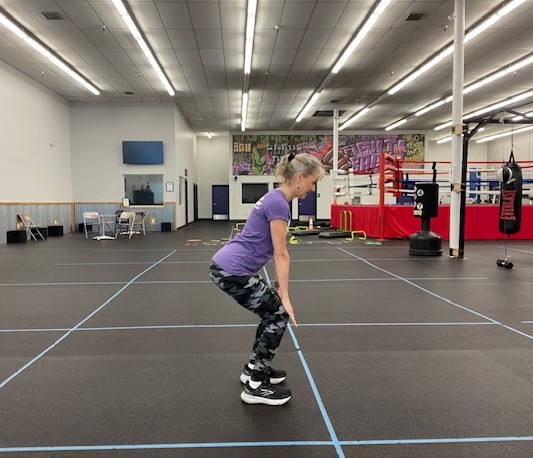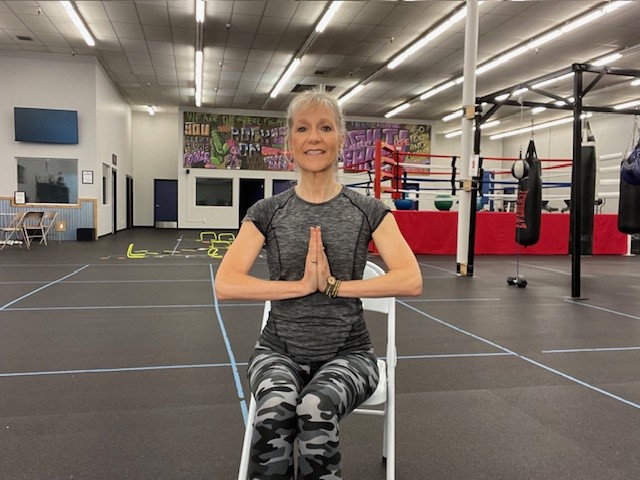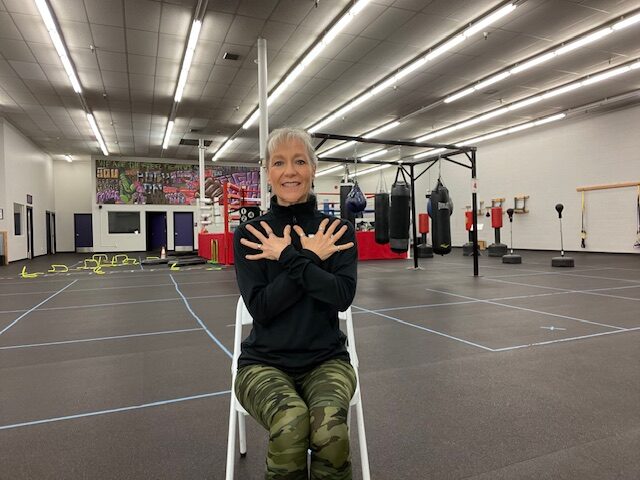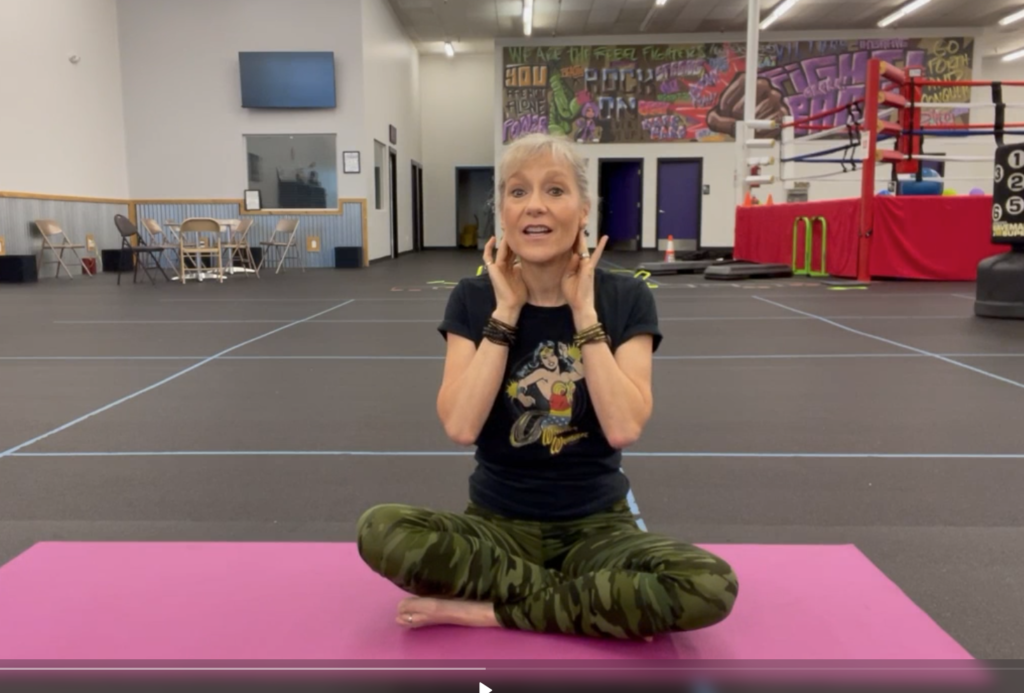Anxiety is a common non-motor symptom of Parkinson’s. Anxiety can be something you’ve struggled with your whole life, due to a traumatic event or changes in brain chemistry due to Parkinson’s. Up to 40 percent of people with PD will experience some form of anxiety.
The good news is there are several great, actionable ways to get out of fight-or-flight mode (sympathetic nervous system) and to a calmer place (parasympathetic nervous system). Bilateral Stimulation is a technique used in different forms to ease anxiety, PTSD, and other stress-related disorders, including social anxiety.
Continue reading “Do the Butterfly Hug Bilateral Stimulation To Help Parkinson’s Anxiety”




